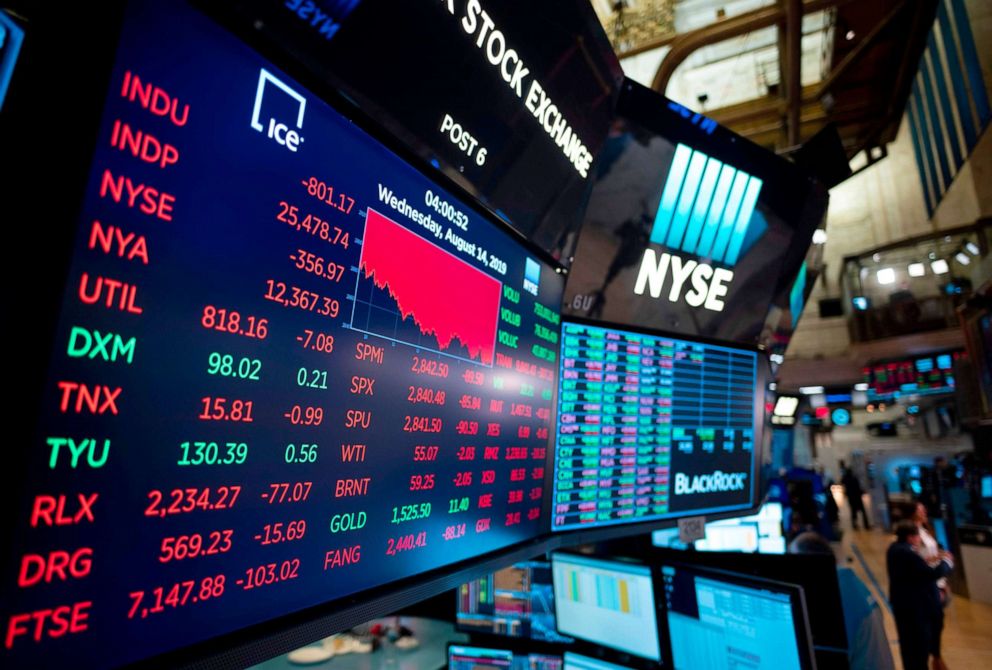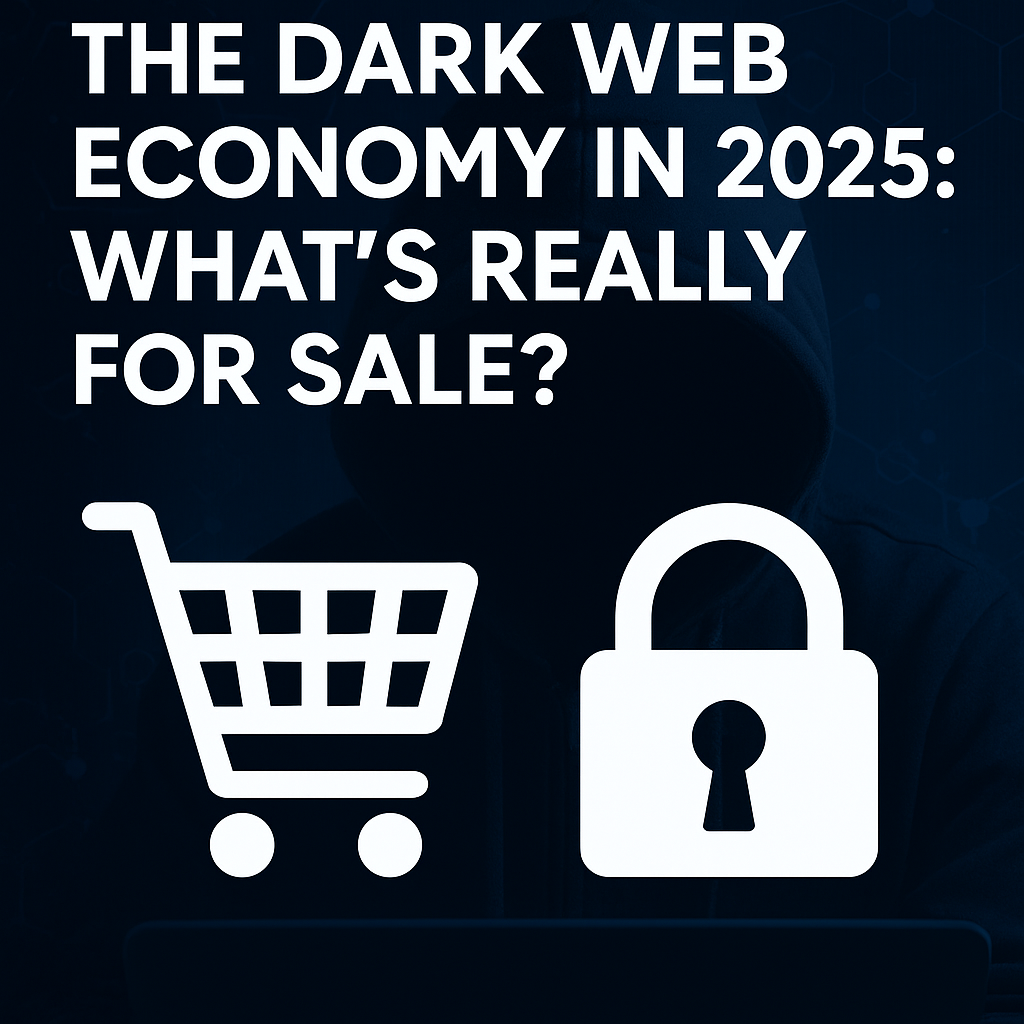As of August 2024, the global economy is facing a mix of challenges and opportunities. The economic landscape is shaped by a variety of factors, including inflation, interest rates, job markets, and geopolitical tensions. Here’s a simple breakdown of the current economic situation:
Inflation and Interest Rates
Inflation remains a significant concern in many parts of the world. While some countries have seen a slight easing in inflation rates, others continue to struggle with high prices, especially for essentials like food and energy. Central banks, particularly in the United States and Europe, have responded by keeping interest rates high in an attempt to bring inflation under control.
These high-interest rates are making borrowing more expensive, affecting everything from mortgages to business loans. On one hand, this is helping to cool down consumer spending, which can reduce inflation. On the other hand, it’s also slowing down economic growth and making it harder for businesses to invest and expand.
Job Market
The job market is another area of focus. In the U.S., unemployment remains relatively low, but job growth has slowed compared to previous years. Many businesses are cautious about hiring due to economic uncertainty and higher operating costs. However, certain sectors like technology and healthcare continue to see strong demand for skilled workers.
In Europe, the job market is more varied. Some countries are experiencing higher unemployment rates, especially in sectors that are more sensitive to economic fluctuations, such as manufacturing and retail. Meanwhile, others are faring better, with steady employment levels in industries like renewable energy and digital services.
Global Trade and Geopolitical Tensions
Global trade is experiencing a shift as countries adapt to new geopolitical realities. Tensions between major economies, particularly the ongoing trade disputes between the U.S. and China, are creating uncertainty. These tensions are leading to disruptions in supply chains and higher costs for goods, which further contribute to inflation.
Additionally, the war in Ukraine continues to impact global energy markets. While energy prices have stabilized compared to the peaks seen in 2022 and 2023, they remain higher than pre-war levels, affecting both consumers and businesses.
Consumer Confidence and Spending
Consumer confidence is shaky, with many people feeling uncertain about the future. High inflation and interest rates are squeezing household budgets, leading to more cautious spending. However, consumer spending is still holding up better than expected in some regions, supported by savings accumulated during the pandemic and a strong job market.
Economic Outlook
Looking ahead, the economic outlook for the rest of 2024 remains uncertain. If inflation continues to decrease, central banks may start to lower interest rates, which could stimulate economic growth. However, if inflation remains stubbornly high, further rate hikes could be on the horizon, potentially leading to a more significant economic slowdown.
Businesses and consumers alike will need to navigate these challenges carefully. Those that can adapt to higher costs and changing market conditions will be better positioned to weather the current economic storm.
In summary, the economy in August 2024 is in a delicate balance. High inflation, interest rates, and geopolitical tensions are creating challenges, but there are also areas of resilience and opportunity. The coming months will be crucial in determining the direction of the global economy.





